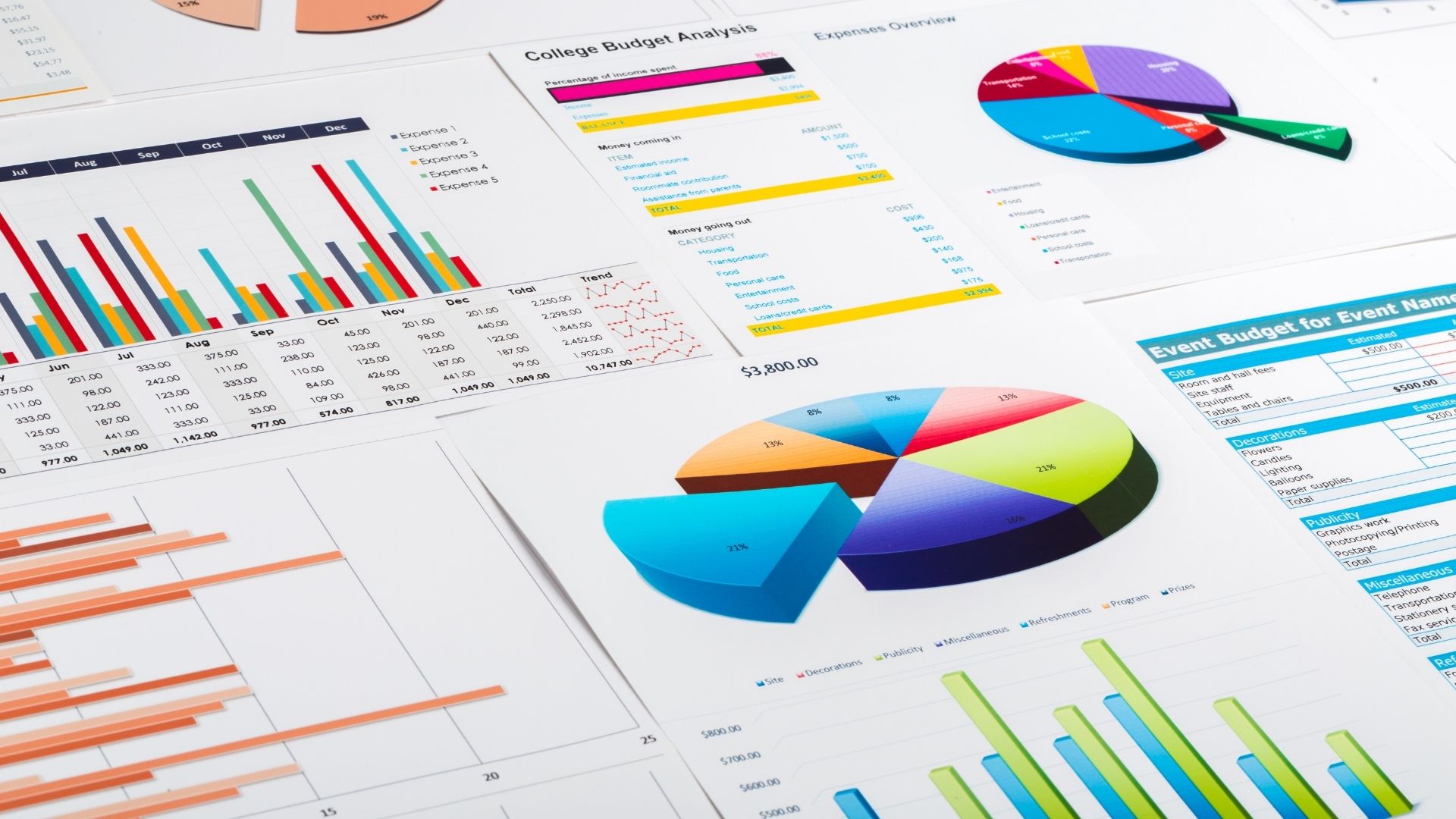Having unfettered access to data allows individuals and companies to get a better picture of the needs of the workforce and the resources that are available to them. This information could come in handy to those planning to transition from one industry to another.
They can also affect hiring practices by helping target in which areas it would be best to stage job fairs in order to attract the most qualified candidates. Students, too, could benefit from using workforce data to help them plan lucrative careers in their regions. But human resources (HR) departments are just beginning to tap the vein of possibilities with workforce data.
Steering the HR Course with Data-Driven Decisions
Using the right metrics is important when making strategic decisions that affect the trajectory of your organization. For instance, a company can mine employee training metrics and performance reviews to help determine whether an employee is a good fit with the vision of their organization.
But many Fortune 500 companies are eschewing single, annual performance reviews for shorter, periodic micro-reviews of an employee’s performance and contributions. These may occur quarterly, monthly, or even weekly when necessary to help an employee get or stay on track.
Expansion of Organizational Network Analysis
Workforce data is already being plumbed to improve workers’ morale and help them increase productivity. But a shift is underway to expand companies’ approaches to workforce data that allows data analysts to generate reports and establish channels for intra-organizational communication and exchanges of information.
An Increase in Virtual Interactions with Clients
There is no doubt that one dominant HR trend is the increasing reliance on non-human interactions with customers via the use of chatbots, virtual assistants, and robots. As companies emerge into a post-pandemic world, it is likely to be a trend that only increases.
Nevertheless, the toll this takes on the actual flesh and blood workforce must also be closely examined by interpreting workforce data.
How This Can Affect Your Company
One industry leader in the mining of workforce data is Revelio Labs. They explain it thusly:
Our data scientists use cutting-edge methods of statistical research to remove sampling bias. By anticipating the typical lags in workforce reporting, we create a comprehensive and current understanding of workforce dynamics that provides insight on company composition, hiring and attrition trends, geographic composition, career transitions, gender, and ethnicity.
If companies want to lead the pack in their various industries, it is important to grasp the importance of the role that workforce data plays in their organizations so that they can continue to outpace the competition.



